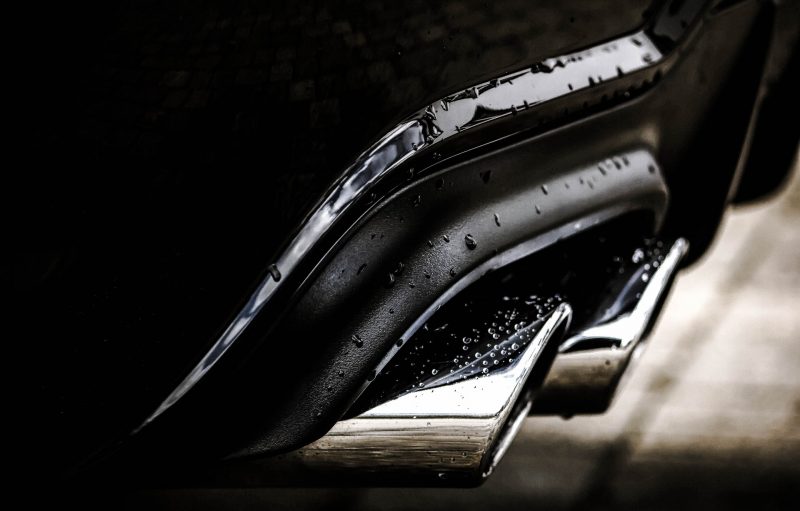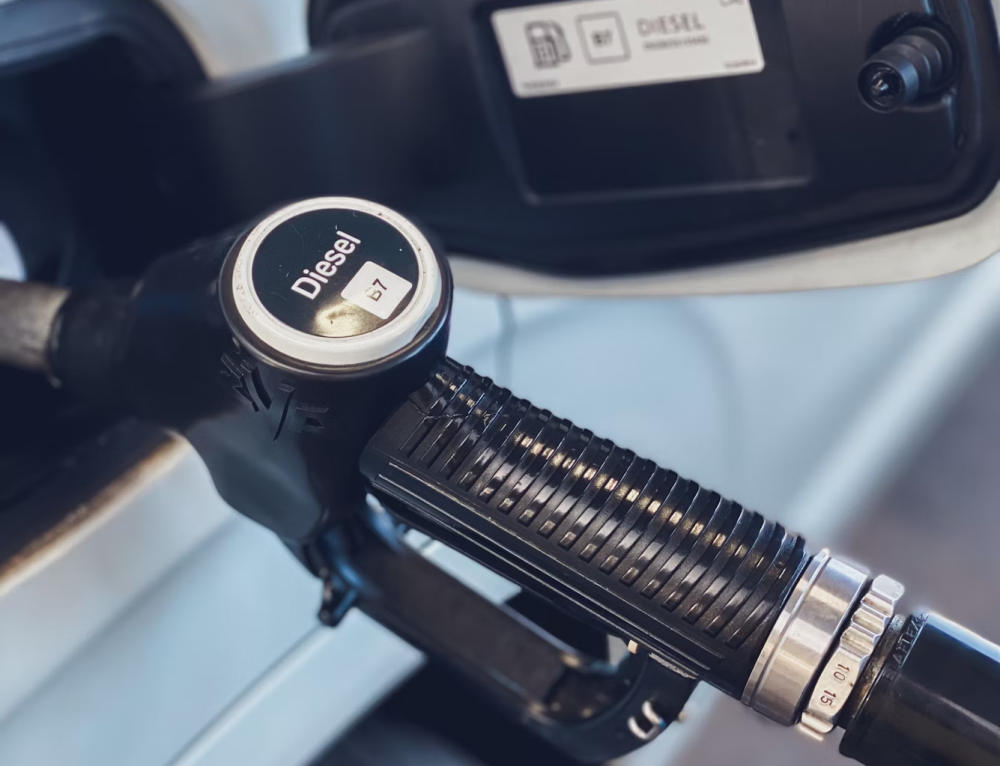More recent makes of diesel engines—those manufactured in 2008 and newer models—are equipped with special DPF, DOC, and SCR exhaust treatment systems. These exhaust-after treatment systems ensure your vehicle doesn’t give off smoke. However, if you notice a change in the color of your exhaust fumes, it could indicate an issue with your engine. Old diesel engines, on the other hand, give off some smoke, partly because they are not equipped with these exhaust-after treatment systems.
Whether your diesel engine-driven vehicle is old or not, there are times you will see smoke in the exhaust fumes. The smoke, as you may have noticed, is usually white and appears early in the morning. But as the temperature of your vehicle steadily rises, it should clear out. If your diesel engine is emitting smoke of a different color in your exhaust fumes at other times of the day, it is a strong indication that something is wrong. Read on to find out what it means.
Black Smoke
Sometimes it may appear to be a deep shade of gray. This color in your exhaust fumes is emitted due to the incomplete combustion of fuel in the engine. The reasons fuel is burned incompletely could be one or all of the following reasons:
- Imbalance of air-fuel proportion in the combustion chamber
- Inadequate air to aid in the combustion of fuel
- Excess fuel in the combustion chamber
- The faulty injector caused fuel to flow a little too soon.
Blue Smoke
It’s not uncommon for drivers to complain of unusual oil consumption when their vehicles start emitting this color smoke. Blue smoke indicates the presence and combustion of engine oil in the combustion chamber. This is not healthy as oil has no business being in this chamber—the combustion chamber is for air and fuel. If you notice a color in your exhaust fumes, particularly a blue tint, it’s a sign that oil is burning along with the fuel. Oil in the chamber is a result of the following:
- A loss in the integrity of Turbo Charger seals
- Failed valve seals
- Worn-out piston rings
White Smoke
As earlier mentioned, white smoke is usual if your engine is cold and just running for the first time on a cold morning. Once it gets warmer, the smoke clears out. However, if white smoke is still a constant occurrence, it’s an indication that particles of fuel are leaking into the combustion chamber without burning. This is usually associated with low temperatures in the engine. Paying attention to the color of your exhaust fumes can help diagnose potential issues early, preventing costly repairs.
Sometimes just changing the fuel injector, piston rings, valve, and turbocharger seals will clear out the fumes. Other times the state of your engine is to blame. If that is the case, run a compression test on all the cylinders to confirm if the engine builds at least 350 psi. If it’s a straight pass on all the cylinders, examine the turbo intake pipe for the presence of engine oil.
Knowing what the color in your exhaust fumes is saying about your diesel engine health will help you quickly diagnose and solve the problem. Different colors can indicate various issues, such as black fumes signaling excess fuel burn, blue fumes suggesting oil consumption, or white fumes pointing to coolant leaks. Understanding these signs can prevent costly repairs and keep your engine running efficiently.
Frequently Asked Questions
What does the color in your exhaust fumes indicate?
The color in your exhaust fumes can signal different engine issues. Black smoke suggests excessive fuel combustion, blue smoke indicates oil burning, and white smoke may mean unburned fuel or coolant leaks.
Why is there a black color in your exhaust fumes?
Black smoke occurs due to incomplete fuel combustion caused by an imbalanced air-fuel ratio, insufficient air, excess fuel, or faulty injectors.
What does a blue color in your exhaust fumes mean?
A blue color in your exhaust fumes is a sign that oil is burning inside the combustion chamber. This is often caused by worn piston rings, valve seals, or turbocharger seal failure.
Is the white color in your exhaust fumes normal?
White smoke is common in cold weather when the engine first starts. However, if it persists, it may indicate unburned fuel, low engine temperatures, or coolant leakage.
How do I fix excessive color in your exhaust fumes?
To resolve excessive smoke, inspect and replace faulty fuel injectors, piston rings, valve seals, or turbocharger seals. Running a compression test and checking the turbo intake pipe for oil can also help diagnose the issue.






